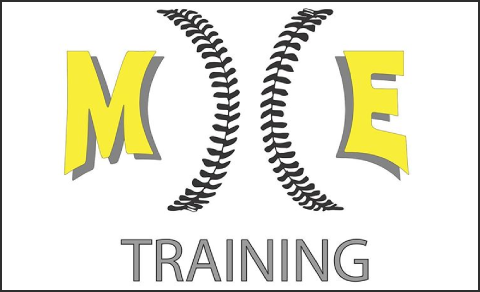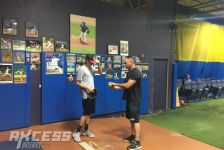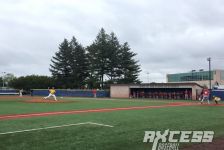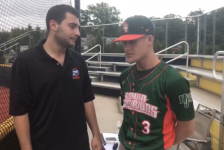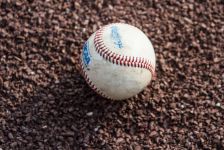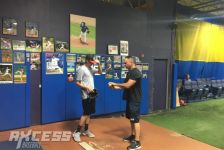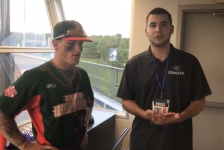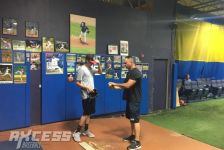(Editor’s Note: Neal Heaton is a 12-year MLB Veteran pitcher. He was the No. 1 overall pick in the MLB Draft and is in the University of Miami’s Hall of Fame. He now gives pitching lessons at 365 Athletics in Bellport, NY. The following words are his own.)
A pitcher should be treated like a race horse–carefully groomed and you cannot accelerate that process.
When a pitcher picks up the ball for the first time in January, they haven’t pitched off a mound for over two months. I tell my pitchers before I see them on the mound they should have done a bit of long-tossing. You should not be going from inactivity to a mound.
I took a lot of precautions to stay healthy in my career, and for that reason I landed on the DL only once–and it was a freak accident during BP while running sprints.
Here are some crucial steps young pitchers should be following in order to avoid injury and be at their best by the time the season comes around.

- You should not be lifting heavy weights at all once you start throwing from a mound.
Doesn’t matter how strong you are, there is no reason to be lifting heavy weights once you start pitching. You should be cutting your max weight by 50 percent. The goal is to be as flexible as possible. If you can’t touch your toes, there’s no way you are reaching your full potential velocity. I recommend going to a pilates or yoga class to increase flexibility.
In the Major Leagues, one of my pitching coaches was Ray Miller. He taught me most of the things I know. He coached some of the best pitchers in my day such as Dennis “El Presidente” Martinez. He would fine us $2,000 if he caught a pitcher lifting with more than a 4 lb dumbbell for shoulder exercises.
Nolan Ryan, who pitched in the big leagues for 27 seasons, told me he would long-toss, run and stretch during the season. That’s it. It worked pretty well for him.

2. You are not going to throw a breaking ball until your third time on the mound.
This is common sense. You are focusing on your two-seam, your four-seam and your change up during your first two bullpen sessions.
3. Do not pitch to the radar gun.
The only reason I ever bring out my radar gun is to a) make sure there’s enough of a difference between the velocity of the fastball and change up and b) If a scout is there to watch someone because they care about that stuff. There is no reason to be concerned with velocity at this point.

4. Long-distance running the day after.
This is very important. Get your long-distance running in the day after. It’s the only time you should be running long distances as a pitcher. This should be done outside–put on a sweatshirt and go. Not on the elliptical, not on the treadmill. Every day after, you should be getting in sprints. As a pitcher, you need explosion. Also, I don’t believe in icing your arm after pitching. There’s a reason you put on a jacket in between innings–it’s to keep the muscles warm. The only time you should be icing your arm is if you have an injury. I know Major Leaguers who played for 25 years and never iced.
5. Weighted ball/ towel drill
Go through your delivery with a weighted ball but don’t release the ball. Go through your delivery with a towel and practice getting extension. Both of these increase your velocity.

6. Do not pitch more than once per week!
Many players and parents ask if they can come in more than once per week to get ready as the season nears. I tell them no. Your body needs to recover. There’s a reason bodybuilders only bench press or squat once per week–their bodies needs to recover. Throwing a ball is already putting strain on your arm and there’s no reason to amplify that !
7. Eat healthy
This is basic stuff but for your body to fully recover you have to treat it right. This goes hand-in-hand with not pitching more than once per week. Let your body recover.
If you follow these basic principles, you will be ready to pitch 4 or 5 innings in your first outing of the season.

